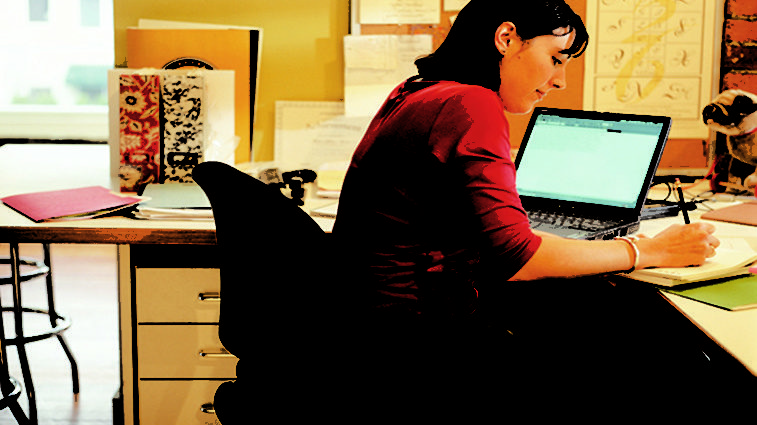Sitting is the new smoking: ‘Truly a silent killer’
July 27, 2018
This paid piece is sponsored by Sanford Health.
Research has found that too much sitting has been linked to higher risks for various health problems, particularly cardiovascular disease.
“This is truly a silent killer; it’s slowly affecting our lifestyle,” said Dr. Naveen Rajpurohit, a cardiologist at the Sanford Cardiovascular Institute.
The average American spends six to eight hours a day sitting. When you’re sitting, you’re not burning calories, so your body accumulates excess calories that deposit as fat and can lead to obesity.
Obesity combined with a sedentary lifestyle can contribute to the risk of developing insulin resistance, the most important factor for type 2 diabetes and metabolic syndrome.
The cluster of risk factors that make up metabolic syndrome, including abdominal obesity, increased blood pressure, high blood sugar and high cholesterol, greatly raise the risk of developing more serious health conditions such as diabetes, heart disease and stroke.
Other health concerns
Though researchers are not entirely sure why, too much sitting also can increase the risk of cancer. Other health problems include tight hips, back problems, osteoporosis and clots in the legs. Even just three to four hours of continuous sitting can cause clots in the legs, Rajpurohit said.
Along with the physical effects, sitting too long can take a mental toll as well.
Rajpurohit said those who sit continuously for long periods of time during the day are at an increased risk of dementia and anxiety because mental health is dependent on exercise and being active.
“It’s not just the body. It’s the mind that’s being affected too by simple things like sitting too long and a sedentary lifestyle, so awareness is very important,” he said.
Take a break
Even those who work out and do moderately intense physical activity each day need to stay moving.
“Lots of people will think, ‘I did 45 minutes of workout in the morning; I should be good for the day,’ but when you’re sitting in the car, sitting at a computer, watching TV, that doesn’t matter,” Rajpurohit said. “If you sit continuously for six to eight hours with no break, you may not be able to counter the effects of that.”
Studies have shown that those who consistently take a break after 30 minutes of sitting have lower mortality rates.
“We need to monitor the time we’re sitting continuously, and we have to move around at more frequent intervals rather than just a once-a-day workout,” Rajpurohit said.
Get moving
It’s important to recognize this problem and take action to avoid it. Rajpurohit suggests following these tips to stay moving throughout the day:
- Set a timer. Use phones, Fitbits, watches, etc., that can alert you every 30 minutes to take a break, stand up, walk around or grab some water.
- Stand up. If possible, use a desk that can be adjusted to various levels and stand up during your workday.
- Sit on a medicine ball. If you really have to sit down, use a medicine ball instead of a chair so you’re engaging your core muscles and not slouching.
- Take the stairs. Avoid using the elevator whenever possible.
- Do physical activity on a daily basis. Stretching, especially in the hips and lower body, yoga and flexibility training will help keep your body healthy.
- Stay active at home. When watching TV, get up and walk around during commercials to keep your body moving.








